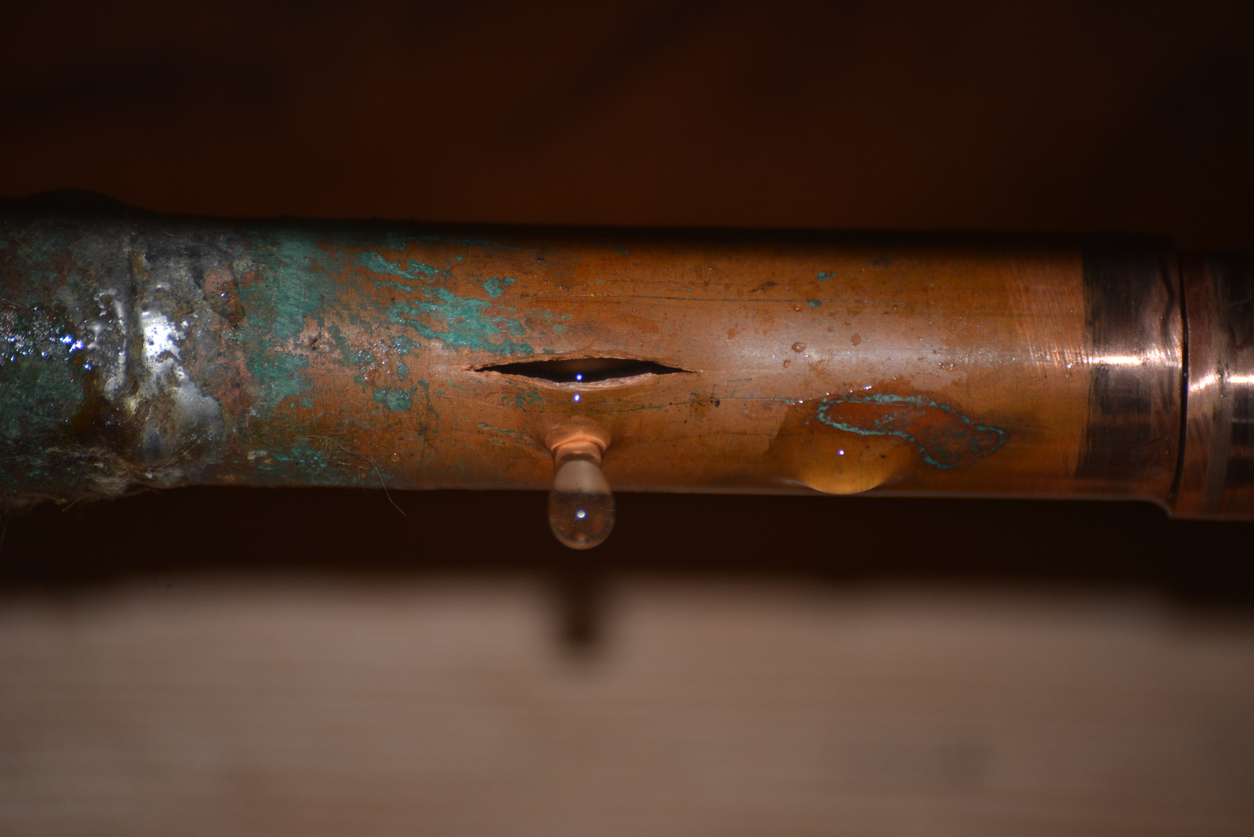This morning’s post, Coronavirus Insurance Coverage Update—United Policyholders Says Do Not Give Up While Georgia Insurance Commissioner Suggests Do Not Waste Your Time, suggests that the proper procedure for determining coverage is to first read the insurance policy. Many of the policies sent to me so far have an ISO exclusion regarding loss due to virus or bacteria.
The ISO issued a Circular accompanying this endorsement. It can be helpful so others can understand the intent of the ISO for the exclusion. While I suggest that those interested in this topic read the full Circular, it states in part:
The current pollution exclusion in property policies encompasses contamination (in fact, uses the term contaminant in addition to other terminology). Although the pollution exclusion addresses contamination broadly, viral and bacterial contamination are specific types that appear to warrant particular attention at this point in time.
An example of bacterial contamination of a product is the growth of listeria bacteria in milk. In this example, bacteria develop and multiply due in part to inherent qualities in the property itself. Some other examples of viral and bacterial contaminants are rotavirus, SARS, influenza (such as avian flu), legionella and anthrax. The universe of disease-causing organisms is always in evolution.
Disease-causing agents may render a product impure (change its quality or substance), or enable the spread of disease by their presence on interior building surfaces or the surfaces of personal property. When disease-causing viral or bacterial contamination occurs, potential claims involve the cost of replacement of property (for example, the milk), cost of decontamination (for example, interior building surfaces), and business interruption (time element) losses.
Although building and personal property could arguably become contaminated (often temporarily) by such viruses and bacteria, the nature of the property itself would have a bearing on whether there is actual property damage. An allegation of property damage may be a point of disagreement in a particular case. In addition, pollution exclusions are at times narrowly applied by certain courts. In recent years, ISO has filed exclusions to address specific exposures relating to contaminating or harmful substances. Examples are the mold exclusion in property and liability policies and the liability exclusion addressing silica dust. Such exclusions enable elaboration of the specific exposure and thereby can reduce the likelihood of claim disputes and litigation.
While property policies have not been a source of recovery for losses involving contamination by disease-causing agents, the specter of pandemic or hitherto unorthodox transmission of infectious material raises the concern that insurers employing such policies may face claims in which there are efforts to expand coverage and to create sources of recovery for such losses, contrary to policy intent.
In light of these concerns, we are presenting an exclusion relating to contamination by disease-causing viruses or bacteria or other disease-causing microorganisms.
My coverage opinion is that this coronavirus causes property damage. I will discuss this in future blogs and some of the cases insurance companies and their attorneys will rely upon.
What has to be of concern to those whose policies contain this exclusionary language is that the circular infers that the ISO intended to exclude loss by virus and notes the “specter of pandemic” as something insurance carriers want to make certain there are not “efforts to expand coverage.”
It should be noted that the first coronavirus lawsuit, which was filed by attorney John Houghtaling, has a policy without this ISO virus exclusion.
Friday Afternoon Thought
The problem with writing a book in verse is, to be successful, it has to sound like you knocked it off on a rainy Friday afternoon. It has to sound easy. When you can do it, it helps tremendously because it’s a thing that forces kids to read on. You have this unconsummated feeling if you stop.
—Dr. Seuss




